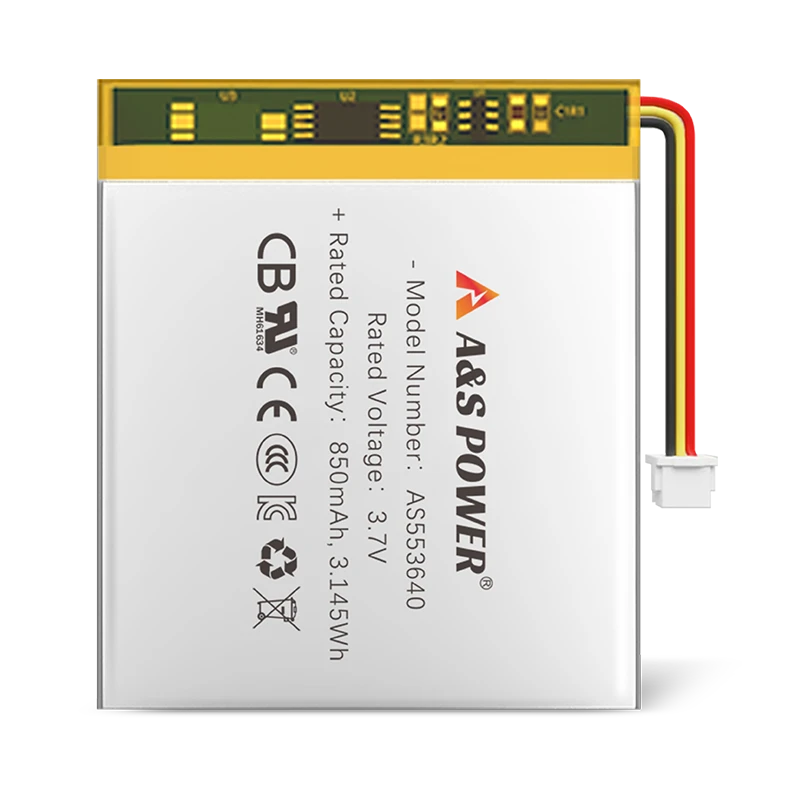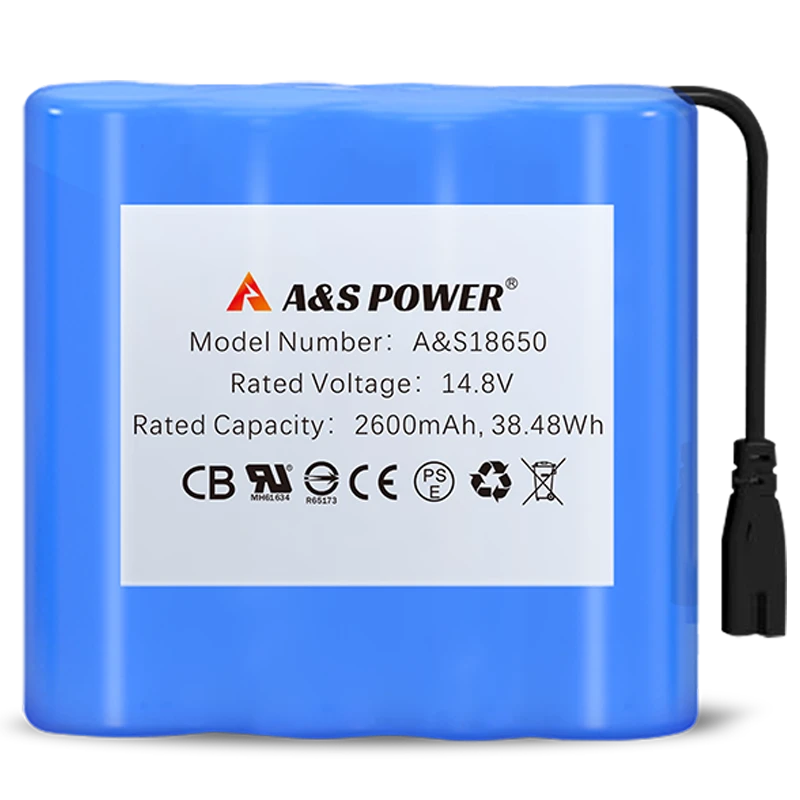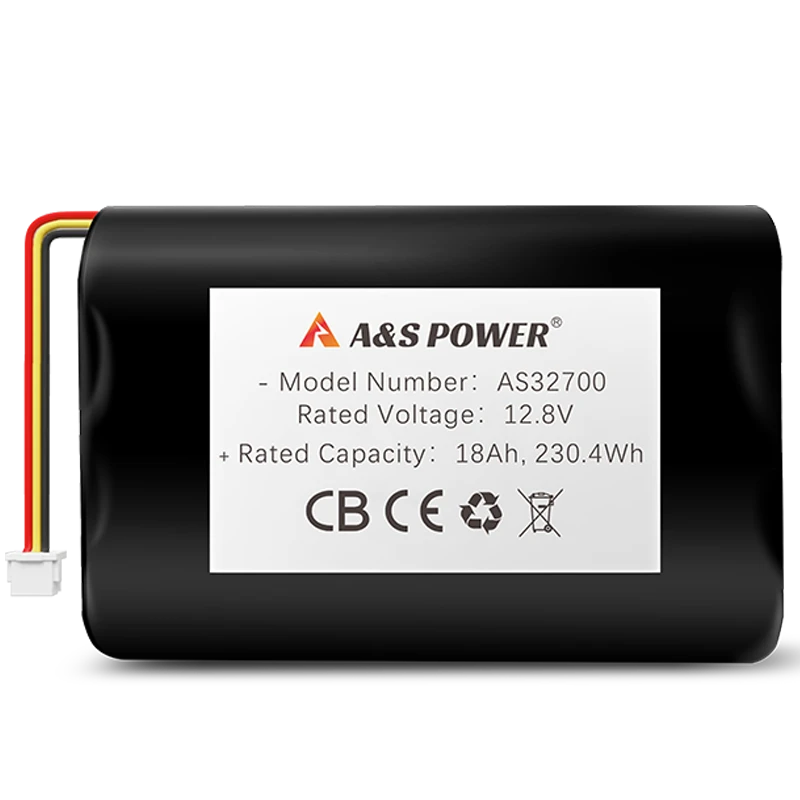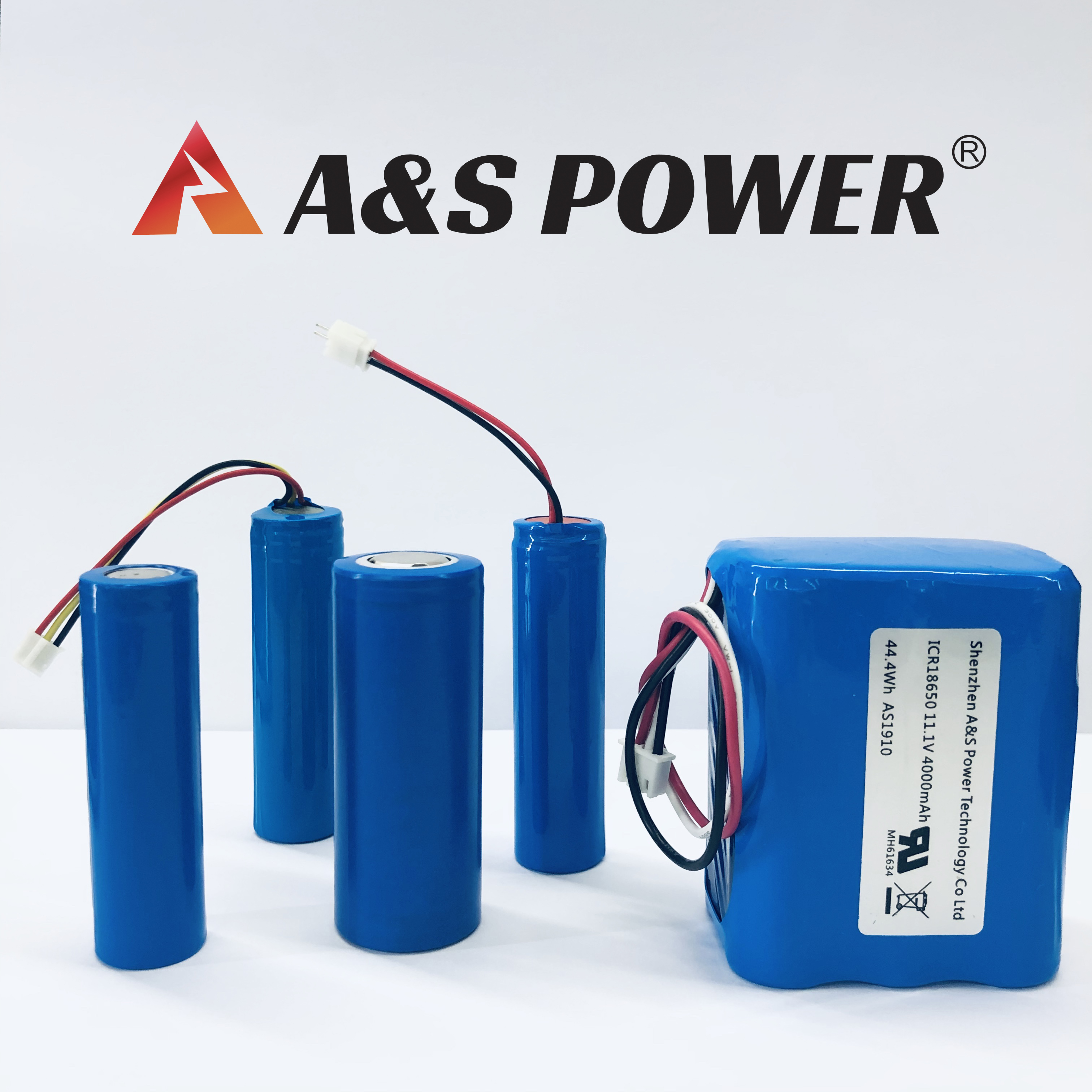Do lithium-ion batteries have to be fully charged and fully discharge?
Do Lithium-Ion Batteries Have to Be Fully Charged and Fully Discharged?
The persistent belief that lithium-ion batteries require full charge-discharge cycles stems from outdated nickel-cadmium era practices. Modern Li-ion chemistry fundamentally differs—partial charging preserves longevity while full cycles accelerate degradation. This evidence-based analysis examines optimal charging protocols, electrochemical mechanisms, and real-world validation to maximize battery lifespan across EVs, renewables, and consumer electronics.
Electrochemical Principles of Lithium-Ion Degradation
1. Voltage Stress Mechanisms
Li-ion batteries degrade through two primary pathways:
- High-Voltage Stress (>4.1V/cell): Causes electrolyte oxidation and cathode lattice collapse, increasing internal resistance by 15–30% after 500 cycles at 100% state-of-charge (SOC) .
- Deep Discharge (<2.5V/cell): Triggers copper anode dissolution and solid-electrolyte interface (SEI) layer breakdown, permanently losing 5–7% capacity per deep-cycle event .
2. Optimal Charging Parameters
| Parameter | Ideal Range | Risk Threshold | Capacity Loss After 500 Cycles |
|---|---|---|---|
| Charge Termination | 80–90% SOC | 100% SOC | 12% vs. 25% |
| Discharge Depth | 20–80% SOC | 0–100% SOC | 15% vs. 35% |
| Voltage per Cell | 3.92V (NMC) | >4.2V | 10% vs. 30% |
| Data Source: Journal of Power Sources (2024) |
Tesla’s BMS actively limits charging to 80% for daily use, reducing capacity fade to <10% over 1,200 cycles versus 30% degradation at full cycles .
Real-World Validation Across Applications
1. Electric Vehicle Case Studies
- Tesla Model 3: Fleet data shows 90% SOC charging retains 85% capacity after 200,000 miles vs. 70% at 100% SOC .
- Nissan Leaf: Batteries cycled between 20–80% SOC exhibit 2,000+ cycles (8-year lifespan) versus 800 cycles with full discharges .
2. Renewable Energy Storage
- California Solar Farms: Partial cycling (30–70% SOC) extends Li-ion lifespan to 15 years vs. 8 years at 100% DoD .
- Grid-Scale Projects: 60% depth-of-discharge (DoD) protocols reduce levelized storage costs by 40% versus full cycling .
3. Consumer Electronics
Apple iPhone analytics reveal:
- Devices charged to 80% retain 85% capacity after 500 cycles
- Full-charged devices drop to 65% capacity under identical use
- Battery Health Management software now defaults to 80% charge limit
Advanced Battery Management Strategies
1. Smart Charging Algorithms
- Adaptive Termination: BMS halts charging at 80–90% SOC during daily use (e.g., BMW i3)
- Calendar Aging Mitigation: Storage at 40–60% SOC reduces degradation by 3× versus 100% SOC
- Reconditioning Cycles: Quarterly 100% discharge/charge recalibrates SOC sensors without accelerating wear
2. Thermal Management Protocols
| Condition | Capacity Retention | Cycle Life |
|---|---|---|
| 25°C @ 50% SOC | 95% (after 2 years) | 2,000 cycles |
| 45°C @ 100% SOC | 65% (after 1 year) | 500 cycles |
| -10°C @ 80% SOC | 88% (after 2 years) | 1,500 cycles |
| Data: University of Michigan Battery Lab (2025) |
Avoid charging below 0°C or above 45°C—lithium plating occurs at 0.5C rates below freezing, permanently reducing capacity .
Implementation Guidelines by Sector
1. Electric Vehicles
- Daily Commuting: Charge limit: 80–90% | Discharge floor: 20%
- Long Trips: Temporarily charge to 100% with immediate departure
- Storage (>72h): Maintain 40–60% SOC at 15–25°C
2. Solar Energy Systems
- Cycling Protocol: 40–80% SOC for daily use | Full cycles only during grid outages
- Seasonal Storage: Adjust to 50% SOC during low-production months
3. Consumer Devices
- Enable "Optimized Charging" (iOS/Android)
- Avoid overnight charging at 100%
- Store unused devices at 50% charge
Future Innovations in Charging Technology
1. AI-Driven Predictive Charging
- Tesla’s Fleet Learning: Algorithms customize charge limits based on driving patterns, reducing degradation by 40% .
- Samsung Adaptive Charging: Uses usage history to complete charging just before wake-up time.
2. Material Science Breakthroughs
- Silicon-Dominant Anodes: Tolerate 100% DoD with <0.1% capacity loss/cycle (Sila Nanotech 2025)
- Lithium-Metal Solid-State: Eliminates SEI layer degradation, enabling full cycles without penalty (QuantumScape 2027)
Conclusion
Lithium-ion batteries do NOT require full charge-discharge cycles—partial cycling between 20–80% SOC maximizes lifespan while reducing degradation by 2–3×. Implementing adaptive charging protocols extends service life across EVs, renewables, and electronics, delivering 40% lower total cost of ownership.
-
 May.2025.12.05How to Spot and Manage Bad Battery Cells in Lithium-Ion BatteriesLearn More
May.2025.12.05How to Spot and Manage Bad Battery Cells in Lithium-Ion BatteriesLearn More -

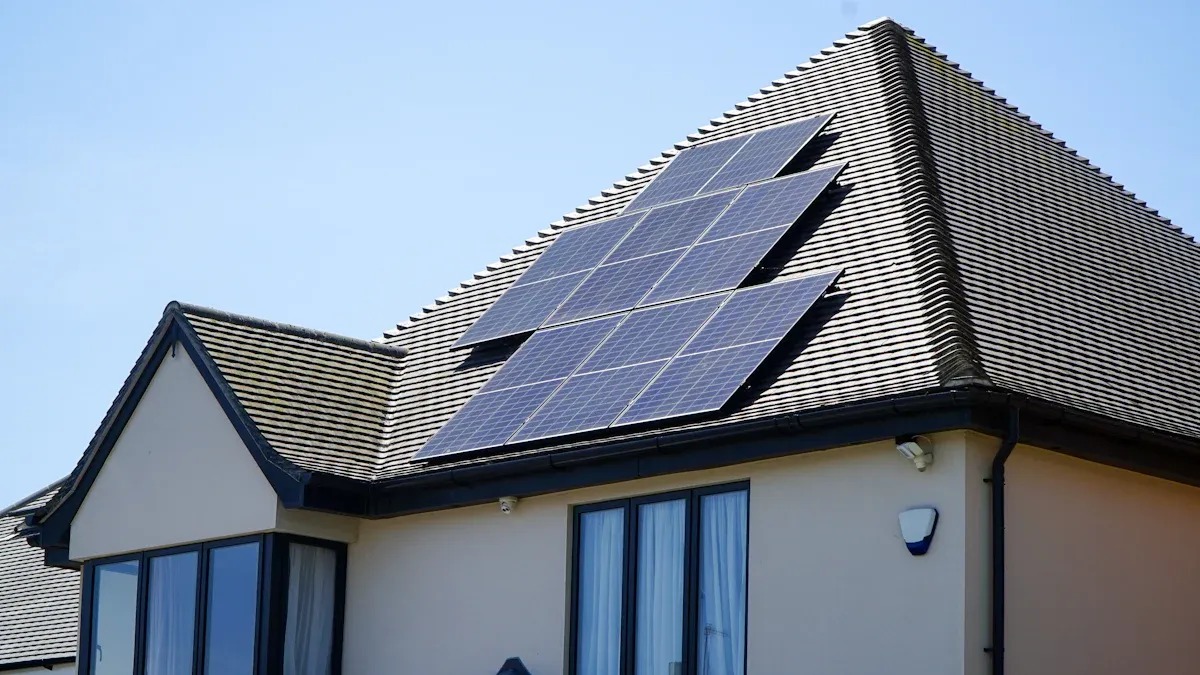 May.2025.12.04Which Solar Battery Is Right for Your HomeLearn More
May.2025.12.04Which Solar Battery Is Right for Your HomeLearn More -

 May.2025.12.03Materials and chemistry of lithium-ion batteriesLearn More
May.2025.12.03Materials and chemistry of lithium-ion batteriesLearn More -

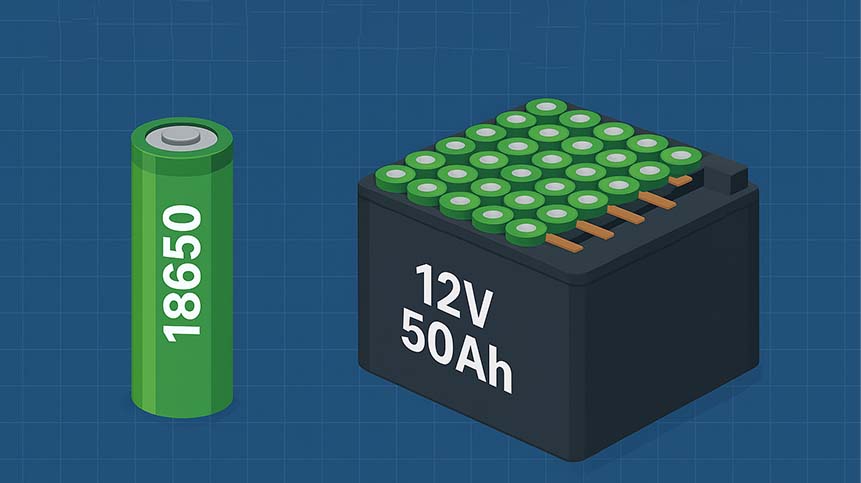 May.2025.12.03How Many 18650 Cells Are Needed for a 12V 50Ah Battery Pack?Learn More
May.2025.12.03How Many 18650 Cells Are Needed for a 12V 50Ah Battery Pack?Learn More -

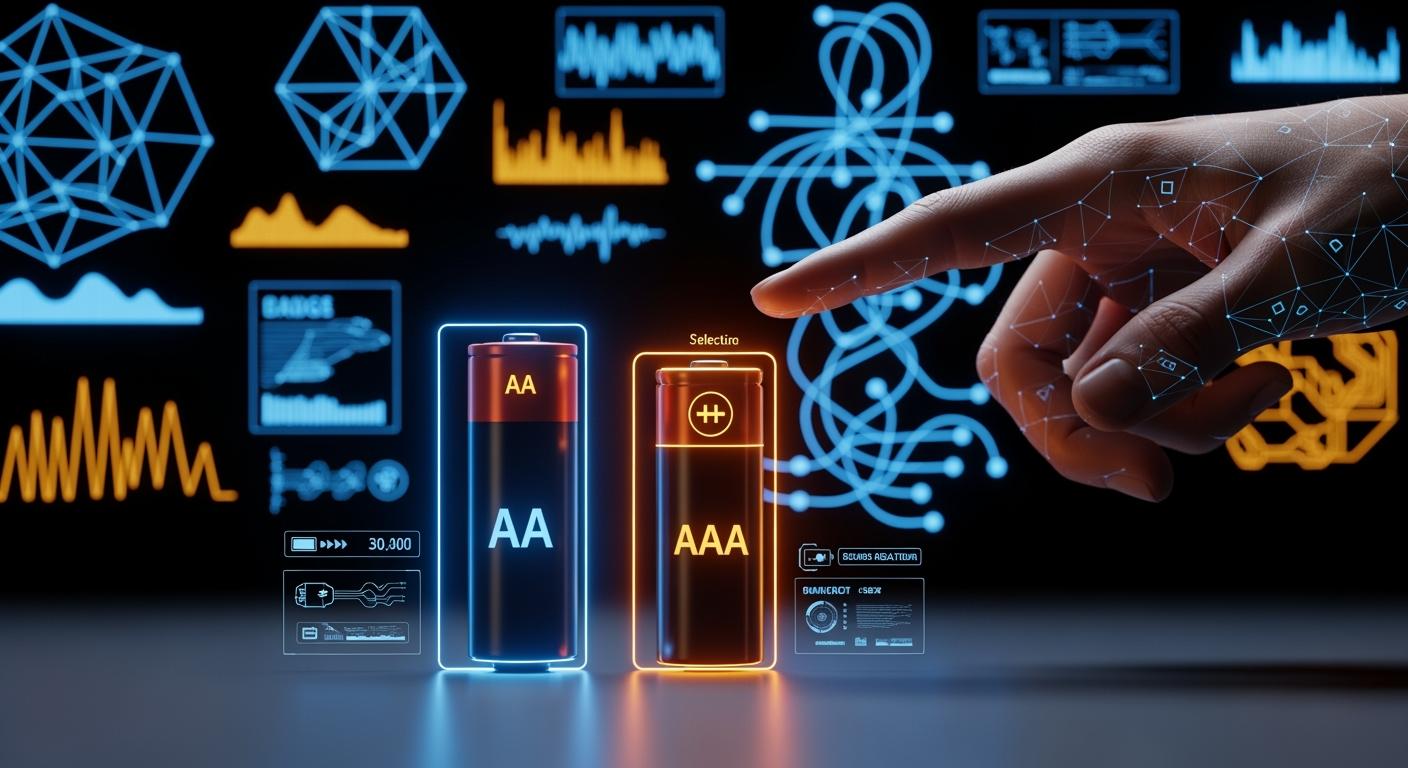 May.2025.12.02Choosing between AA and AAA batteriesLearn More
May.2025.12.02Choosing between AA and AAA batteriesLearn More




